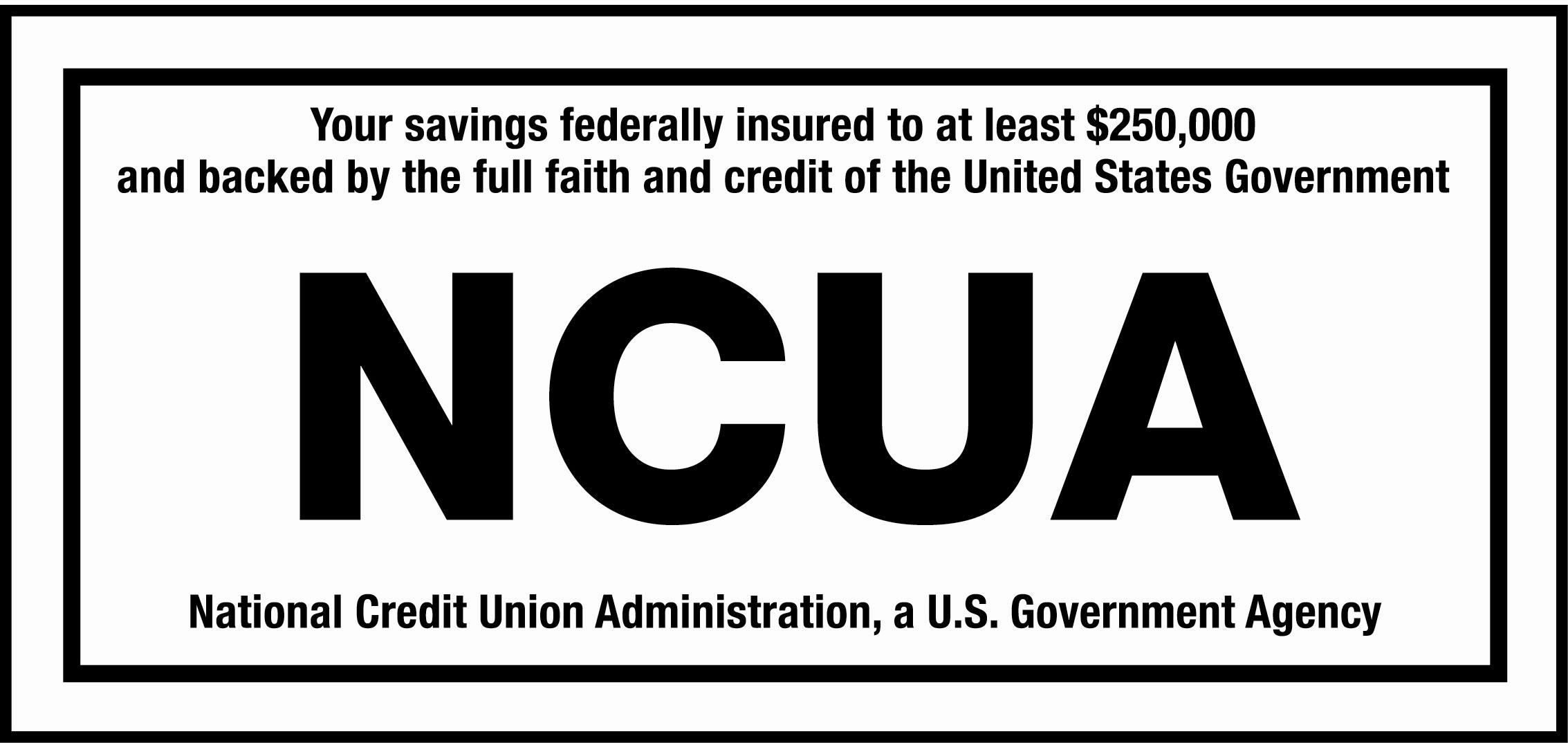Snowball Method vs. Avalanche Method: What’s the Best Way to Tackle Debt?
Snowball Method vs. Avalanche Method: What’s the Best Way to Tackle Debt?

Getting rid of debt isn’t easy, but if you’re ready to do what it takes, you can shake off any amount of debt.
Let’s take a look at two popular approaches for paying down debt and explore the pros and cons of each.
The debt snowball method
This approach involves focusing on paying off the smallest debt first and then working on the next-smallest debt until it’s all paid off.
Say you’ve squeezed an extra $500 out of your budget to channel toward paying down debt and you have the following debts:
- $2,500 personal loan at 9.5% interest; minimum payment $50
- $10,000 car loan at 3% interest; minimum payment $200
- $13,000 credit card debt at 18.99% interest; minimum payment $225
- $18,000 student loan at 4.5% interest; minimum payment $300
In this scenario, the snowball method would have you paying just the minimum payment on all debts except for the smallest one. You’d put your extra $500 toward paying off the personal loan. Once that’s paid off, you’d take the $550 you were paying toward the personal loan and add it to the $200 you’re paying for the car loan. Keep doing this until you’ve kissed all your debts goodbye!
Pros of the debt snowball method
The most significant draw of the debt snowball method is that it works with behavior modification. Success breeds success, and the small but quick wins are excellent motivators.
Cons of the debt snowball method
The primary disadvantage of the debt snowball method is its indifference toward interest rates. Paying off the smallest debt first can mean holding onto the debt having the highest interest rate the longest. This translates into paying more in overall interest throughout the journey to a debt-free life, sometimes to the tune of several thousands of dollars.
Debt avalanche method
This approach involves getting rid of the debt with the largest interest rate first and then continuing on to the one with the next-highest interest rate. This enables the debt-payer to shed heavy interest rates quicker and to put more of their money toward the principal of their loans.
In the scenario above, the debt avalanche method would involve paying down the credit card debt first, followed by the personal loan, student loan and finally the car loan.
Pros of the debt avalanche method
Paying off the debt with the highest interest rate first can save hundreds, and sometimes thousands, of dollars in interest. Also, in most cases, this route will be shorter than the snowball method.
Cons of the debt avalanche method
The debt avalanche requires self-motivation and continued momentum despite little initial progress.
Which method is right for you?
If you think you’d need early motivation to keep going, you may want to choose the debt snowball method. Is your chief concern paying as little as possible? Then you might want to go with the avalanche method. If you’re serious about tackling your debt, either method can work.



